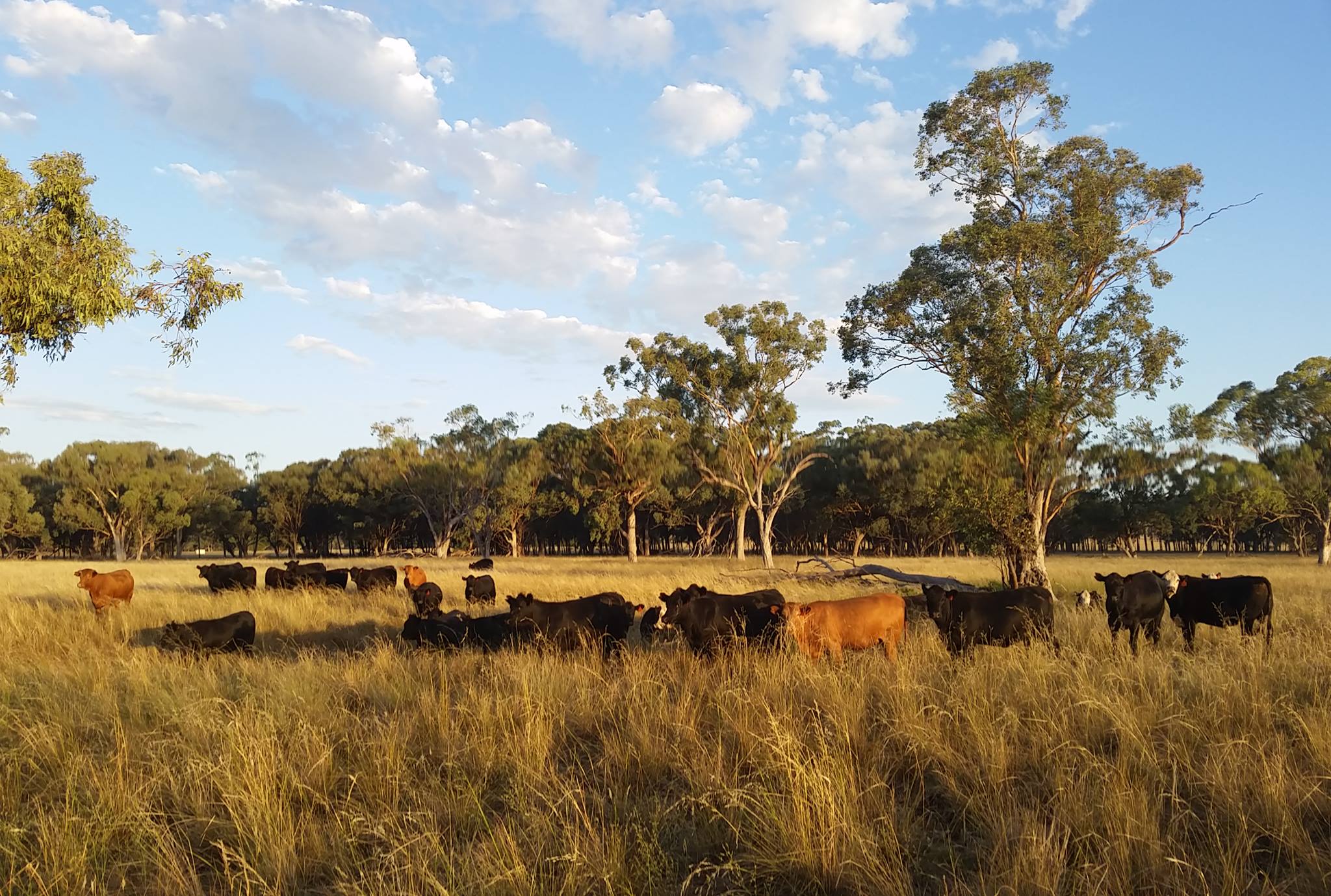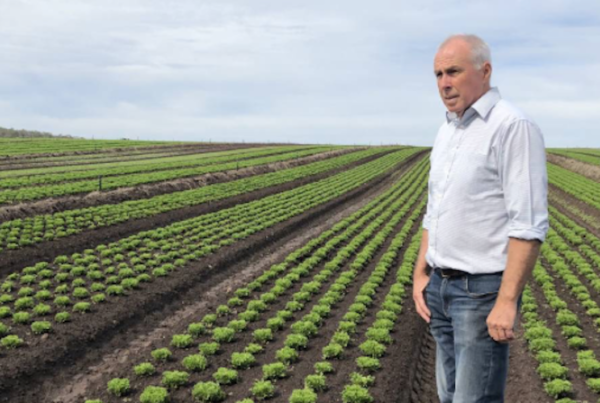There are a raft of whole-of-farm risk management strategies farmers can consider when attempting to manage variability within and between seasons, as well as long-term climate change. These include:
- Conducting an honest, forensic analysis of the business—noting your strengths, vulnerabilities, adaptive capacity, and areas for that warrant further attention.
- Acquiring properties in several locations, spreading the climate risk and ensuring ongoing economies of scale.
- Matching crop/pasture/livestock to emerging conditions in climate and markets. Early planning will be especially important for those industries with less flexibility, such grapevines and other perennial crops.
- Diversifying farm income by using carbon farming, renewable energy, and other new income streams, and ensuring access off-farm income.
- Exploring the role of digital technologies (e.g. crop models, soil water calculators, nutrient monitoring, etc.) to improve efficiency, precision, and flexibility.
- Retiring and regenerating degraded land, including with native bush and agroforestry.
- Exploring multi-risk insurance (for an introduction see MGA Insurance Group’s presentation on Multi Peril Crop Insurance and its availability in Australia given at the Coorong District Council Agriculture Innovation Update held in Tintinara in June 2019)
- Partnering with researchers to develop better adaptation knowledge and planning tools.
- Building and maintaining strong information-sharing networks, and exploring training opportunities.
- Consider diversifying geographically to spread your climate risk. (This is a strategy of Piñata Farms who are now located in Tasmania, Queensland and the Northern Territory. Read more here.)
Producers in southern broadacre systems might also consider making alliances with pastoralists and others in northern Australia to increase their options and reduce risk.
It is best to focus on incremental, tactical changes in the short-term but give yourself flexibility to allow for more strategic, transformational adaptation to warming beyond 2 ºC.







